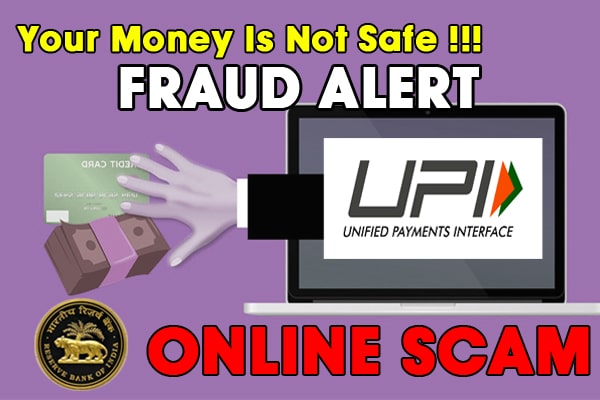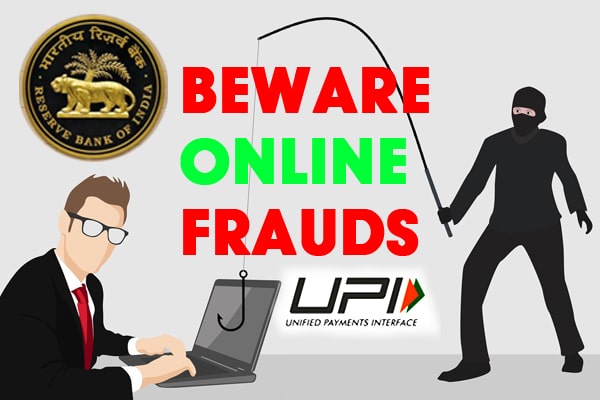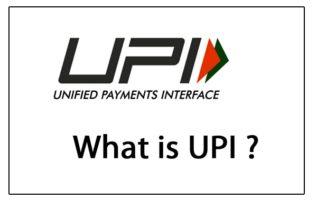
Beware of these 4 frauds while making payment online through UPI (Unified Payments Interface)
In today’s time, on the one hand, people are struggling to escape from Corona, on the other hand, cyber thugs are also constantly targeting people. These thugs are targeting people while doing digital transactions. Unified Payment Interface (UPI), the biggest fraud is exposed in transactions. Actually through this facility you can do cashlash, real time transactions. For this, you will be comfortable with mobile. Many banks have issued advisories on their social media platforms warning customers to stay away from such thugs. There are various types of fraud on the UPI platform.
How can fraudsters trap you
Phishing scams
Fraudsters can send you unauthorized payment links via SMS. These fake bank URLs will look like real URLs. If you click that link in a hurry, it will ask you to go to the UPI payment app installed on your phone and ask you to select any app for auto-debit. Once you give permission, the amount will be debited from the UPI app immediately.
Remote screen mirroring tool
Most people are working from home because of Corona. Many people are downloading a remote screen mirroring tool that can connect your phone or laptop via WiFi for larger displays such as smart phones.
However, not all digital payment apps on Google Play or the Apple App Store are authentic. Once you download an unverified application, it will take information from your phone and can have complete control over the device. In addition, fraudsters also commit fraud as bank representatives.
Deceptive UPI handles

online frauds
Just the UPI social media page (Twitter, Facebook, etc.) has the same name word as NPCI, BHIM or any bank or government organization does not make it authentic. Many fraudsters make such handles to let you know the details of your account through fake UPI app.
Faked using your OTP, UPI PIN
One thing to keep in mind, when you transact through your chosen UPI app, you will have to enter either a one-time password (OTP) or UPI PIN. For OTP authentication, your bank sends you an OTP via SMS to the mobile number registered with the bank. Your transaction is done after OTP is verified.
How to avoid digital fraud
Government agencies, banks and other financial institutions never ask for financial information via SMS. In case of UPI fraud, inform the bank or e-wallet firm and block the wallet to prevent further losses. You can also report this incident to the police or cybercrime cell.
You should only download apps that are authentic and verified by the Google Play Store or Apple Store. Never ignore the spam alert received on your phone through the digital payment app.
